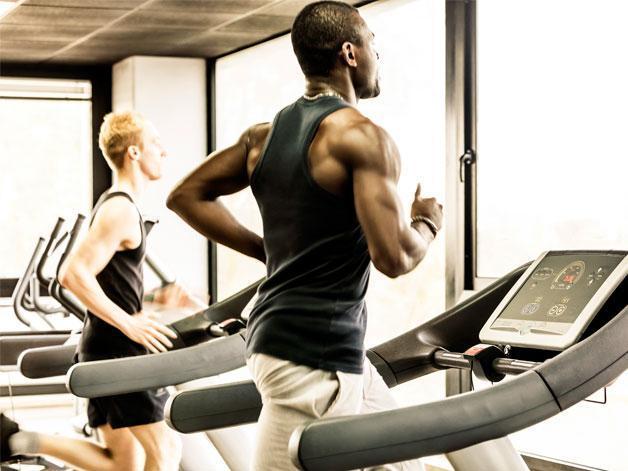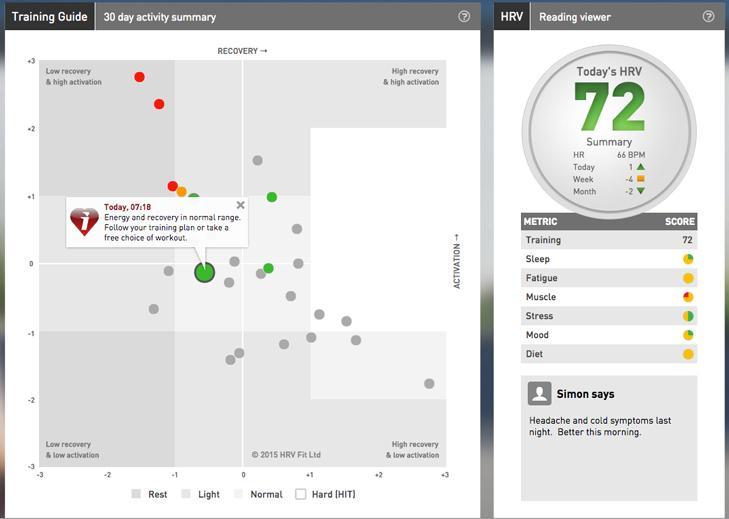With the festive period now over, it’s definitely time to dust off your training kit and get back to it! To help you out, we’ve put together some of the top benefits of high-intensity interval training (HIIT) for those of you looking to mix up your training regime for 2016.
So what is HIIT?
HIIT, or high intensity interval training, is a training technique in which you give 100% effort through quick, intense bursts of exercise, followed by short, sometimes active, recovery periods. HIIT gets and keeps your heart rate up and burns more fat in less time.

If your not quite convinced here are some of the benefits of HIIT…
Short for Time? No Problem…
HIIT done correctly is the ideal workout for those of you with a busy schedule – whether its squeezing in a workout during your lunch break or if you’ve got a fast approaching event you don’t feel quite ready for. Research has shown that you can achieve more progress in a mere 15 minutes of HIIT (done three times a week) than jogging on the treadmill for an hour.
No Equipment Needed
Running, skipping, rowing and cycling work really well for HIIT, but equally so does high knees, fast feet, or anything plyometric like jumping lunges work just as well to get your heart rate up fast.
Speeds up your Metabolism
During high intense spells your body will have to work harder to produce energy. As a result, your metabolic rate will be elevated during exercise.
You can do it Anywhere
Whether your living on a canal boat or on a desert island, you can do HIIT just about anywhere! Since it’s such a simple concept – go at maximum effort for a short period of time followed by a recovery period and repeat. It’s recommended to take note of the original Tabata training method, which comprises 20 seconds of maximum effort and 10 seconds of rest. However for an athlete in endurance training it is recommended that 4 minutes of exercise and 4 minutes of rest will be as effective. You can adapt it to whatever time and space constraints you have.
Great for your Heart Rate Variability (HRV)
High Intensity training is great for your HRV. HIIT sessions are a very effective stimulus for the body to adapt, but need to be performed on days when the body has adequate reserves. But how do you identify these days? Using ithlete daily will quickly and accurately tell you which days you are ready for that HIIT session. Training hard on these days will be more effective and will feel better than training hard on days when you’re not fully recovered.
Track your HRV with ithlete to make sure your high intensity sessions really count.
Additionally, the ithlete ithlete Pro Training Guide exclusive to ithlete Pro provides a unique pictorial representation of your energy and recovery states, together with individualised zones, allowing you to choose the most suitable training on that particular day. Great for recognizing which days are best to perform HIIT. It also interprets each new reading and delivers advice in a straightforward single sentence making it the perfect training tool to decide when to perform your more high intense sessions!!!

Don’t forget you can sign up to a two-week free trial of ithlete Pro here.


“for an athlete in endurance training it is recommended that 4 minutes of exercise and 4 minutes of rest will be as effective” To this day is it “old man wisdom” or is that precise – and most interesting – point the subject of past and current studies ?
Hi Yves-Marie,
Not old man wisdom (though I hope it also works for old men :-)
4 minutes HIIT is a protocol used in several studies and found to be very effective to increase VO2 peak in endurance athletes:
Talanian et al., 2007
Perry et al., 2008
Gurd et al., 2010
Stepto et al, 1999
Seiler & Sjursen, 2004
There is now extensive research on HIIT and it is not a “one size fits all” prescription. An Austrailian study found 8 seconds high, 12 seconds low cycling to yield verifiable results. I have found it useful on a Cybex AMT machine in Adaptive Power mode. For sprinting, 2 minutes rest, 20 second sprint works great, four sets (French study). I use it as my “finisher”. On a rower, ten minutes of 30 secs hard, 30 seconds rest does the trick (US study). You can easily get an endorphin-rush workout with HIIT and unlike slow cardio, no muscle loss! What’s not to love?
HIIT is great! I’ve been doing them quite successfully for a couple of years, and cut my two-mile time from about 16 minutes to about 14 minutes. I rarely make it past 5 or 6 sprints, and most of those don’t exceed 20 seconds or so. There’s a point in my sprints where I feel a break in my stride, where I can’t run at full speed anymore. That point starts at about 20 seconds and goes down after subsequent sprints. If I do six sprints, my last one might hit 10 seconds. My rest time is as long as I feel I need.